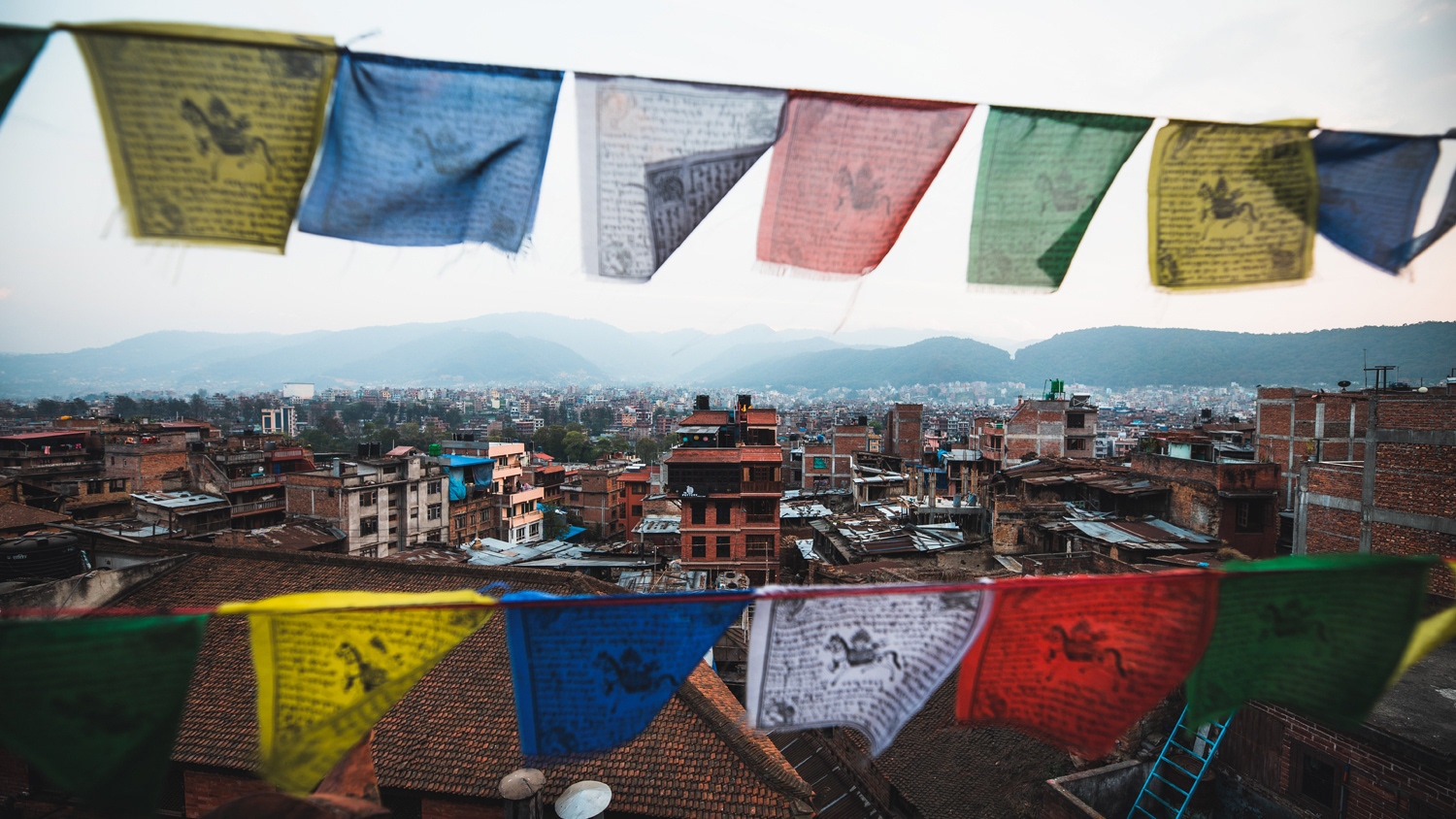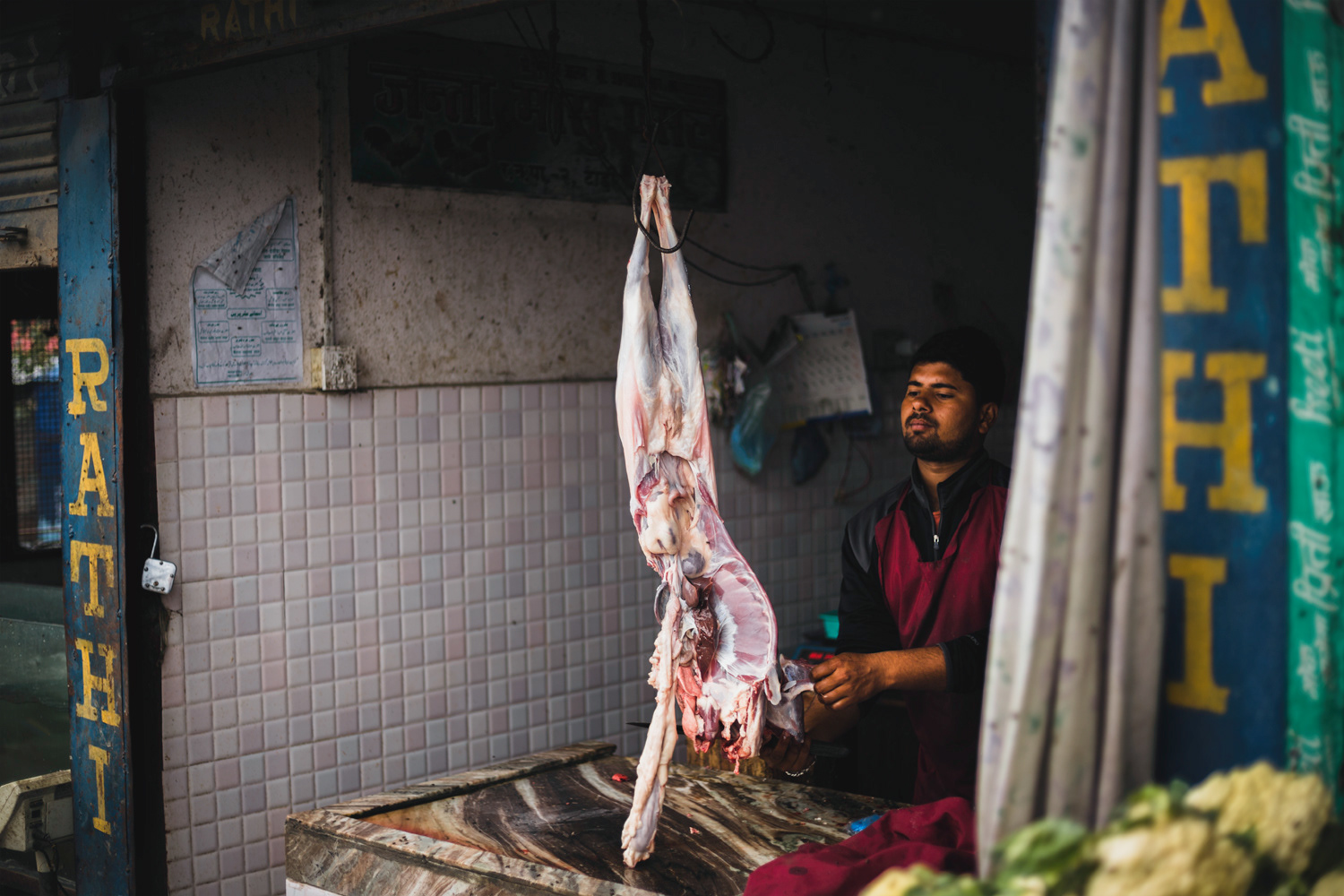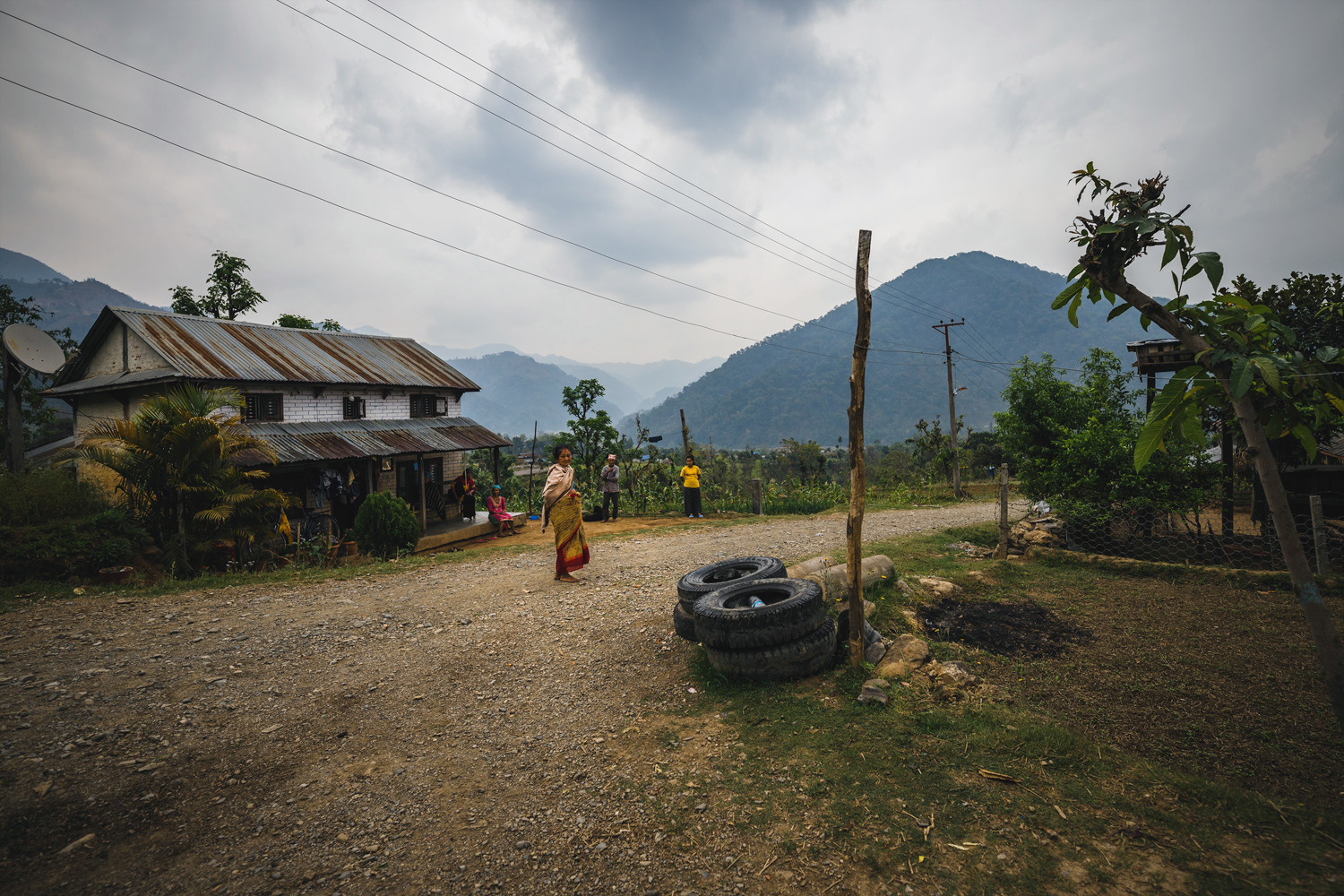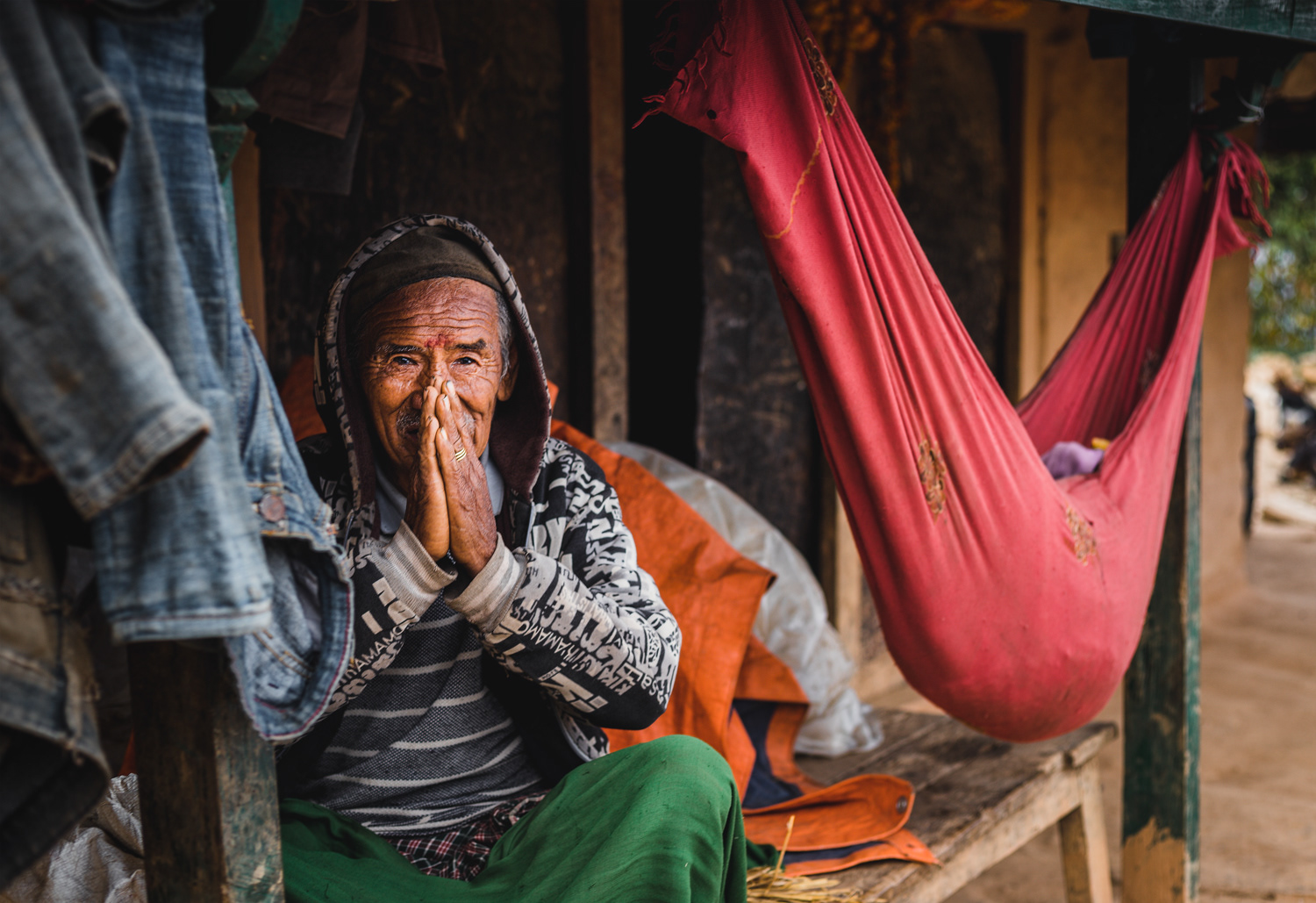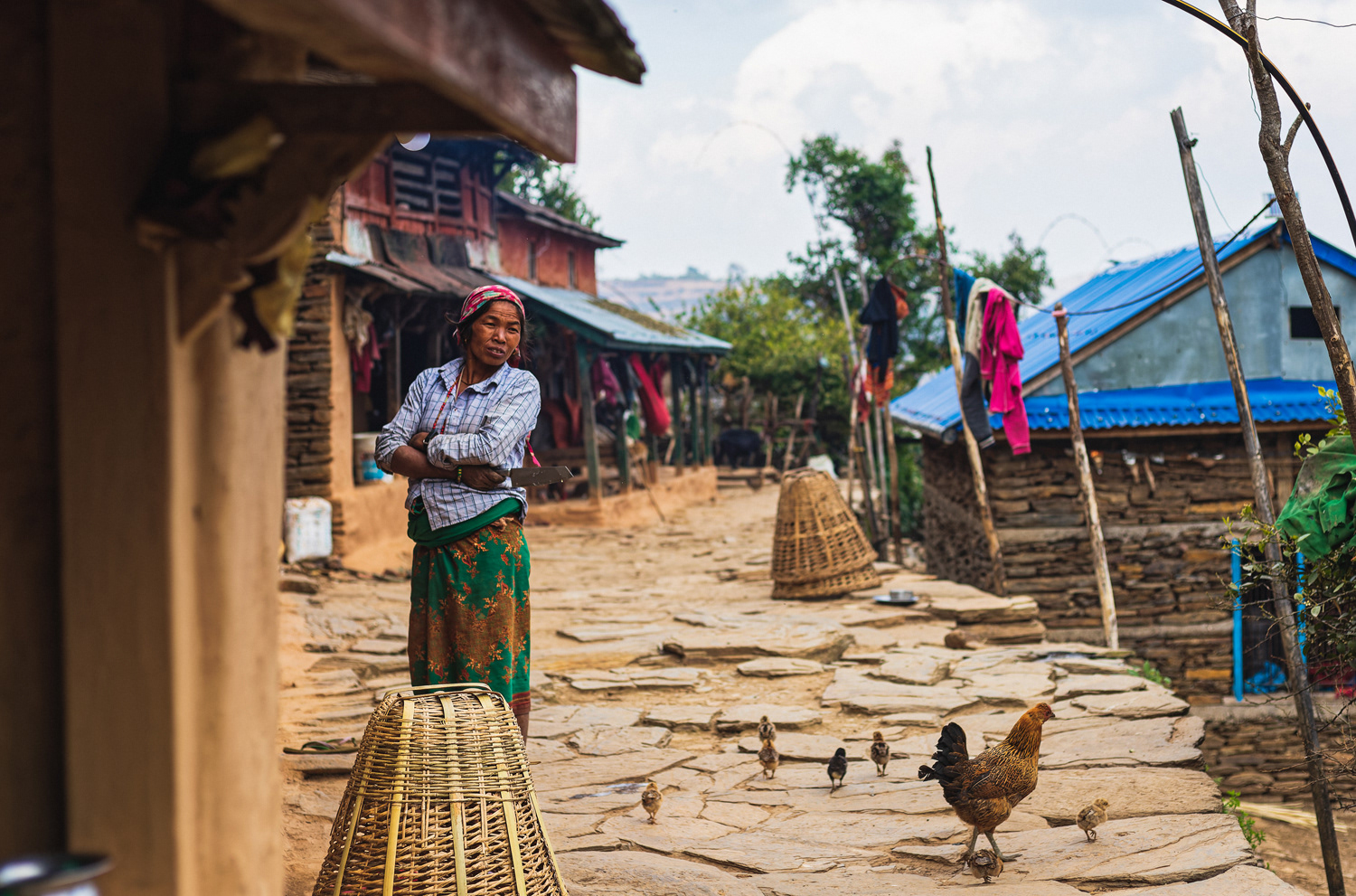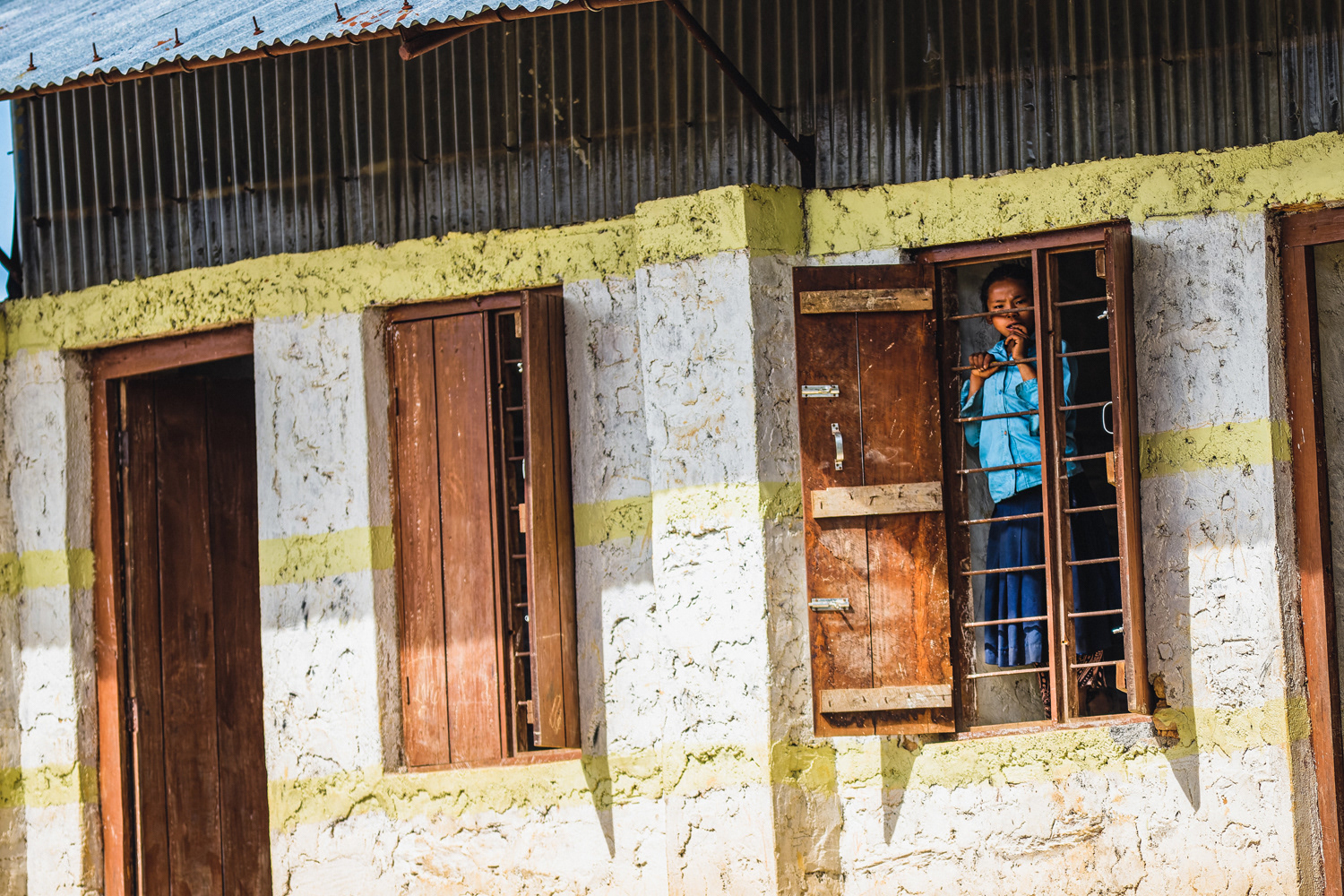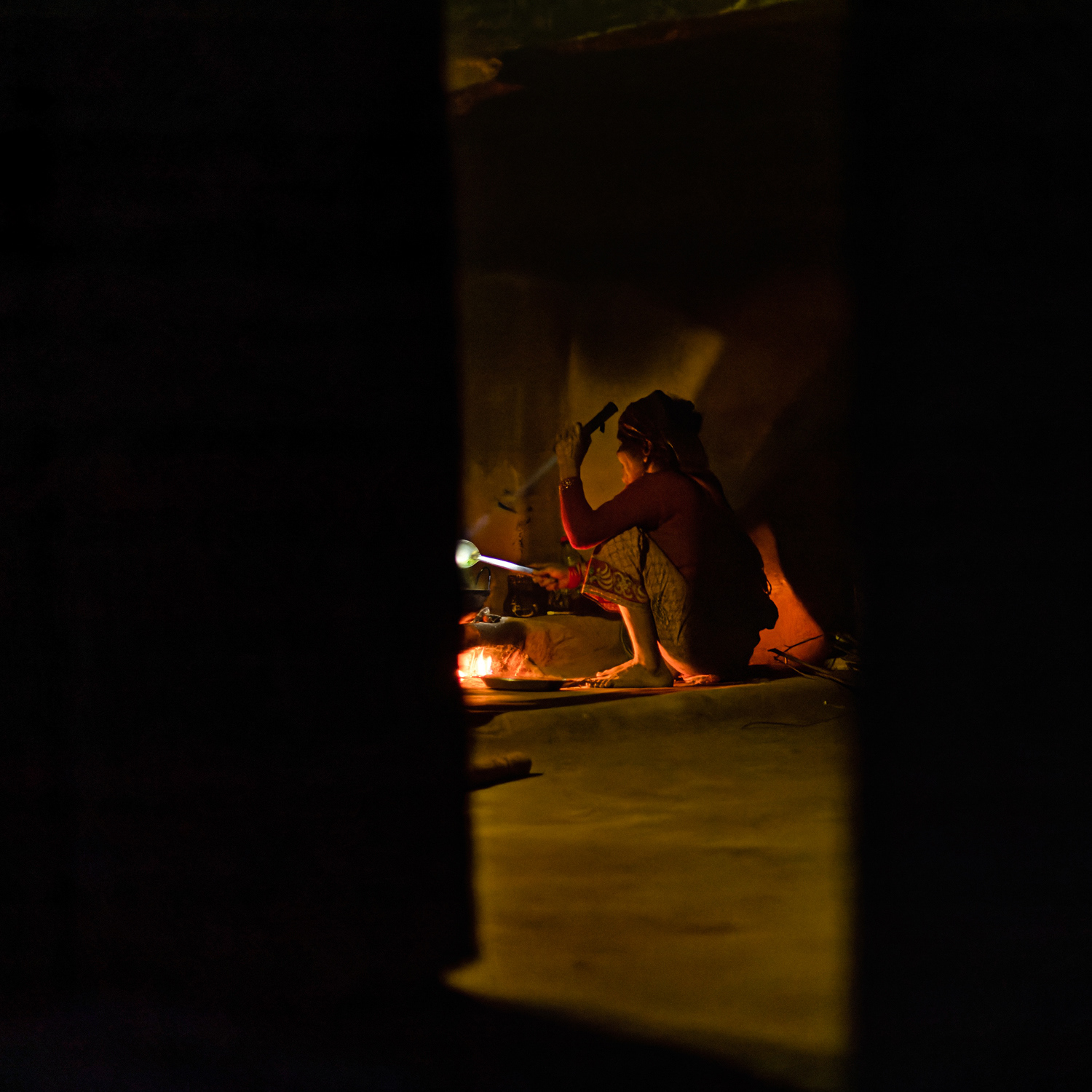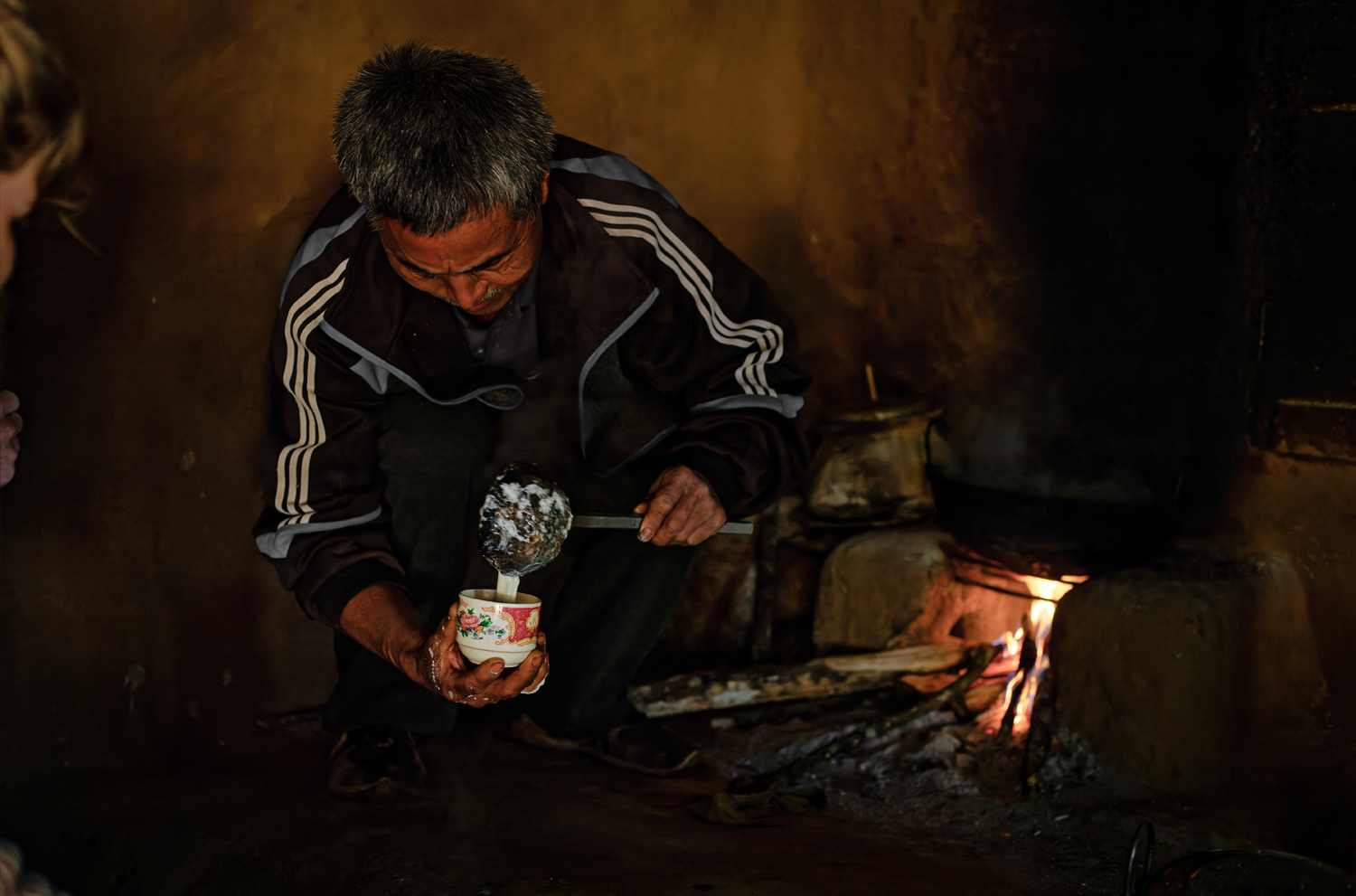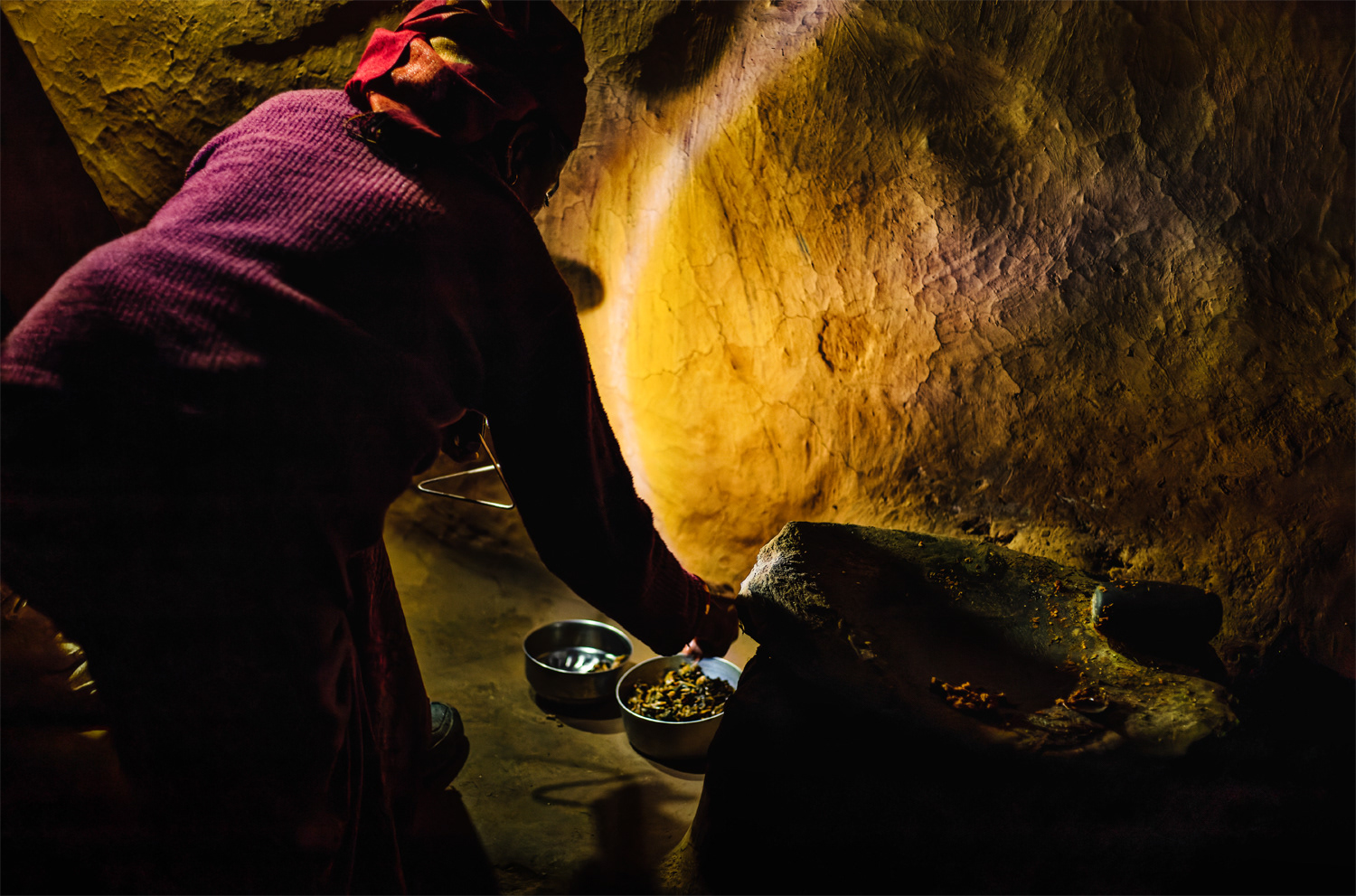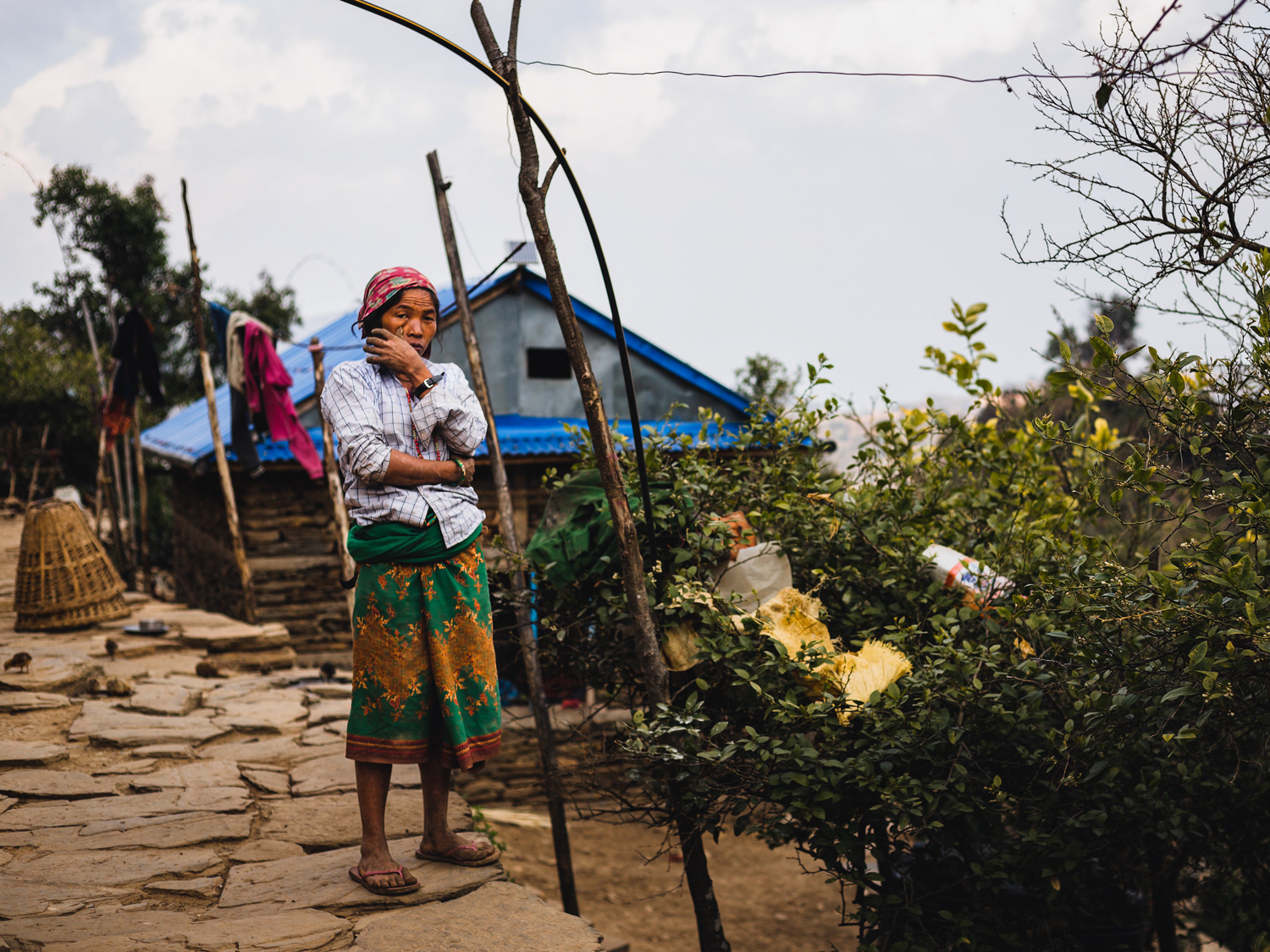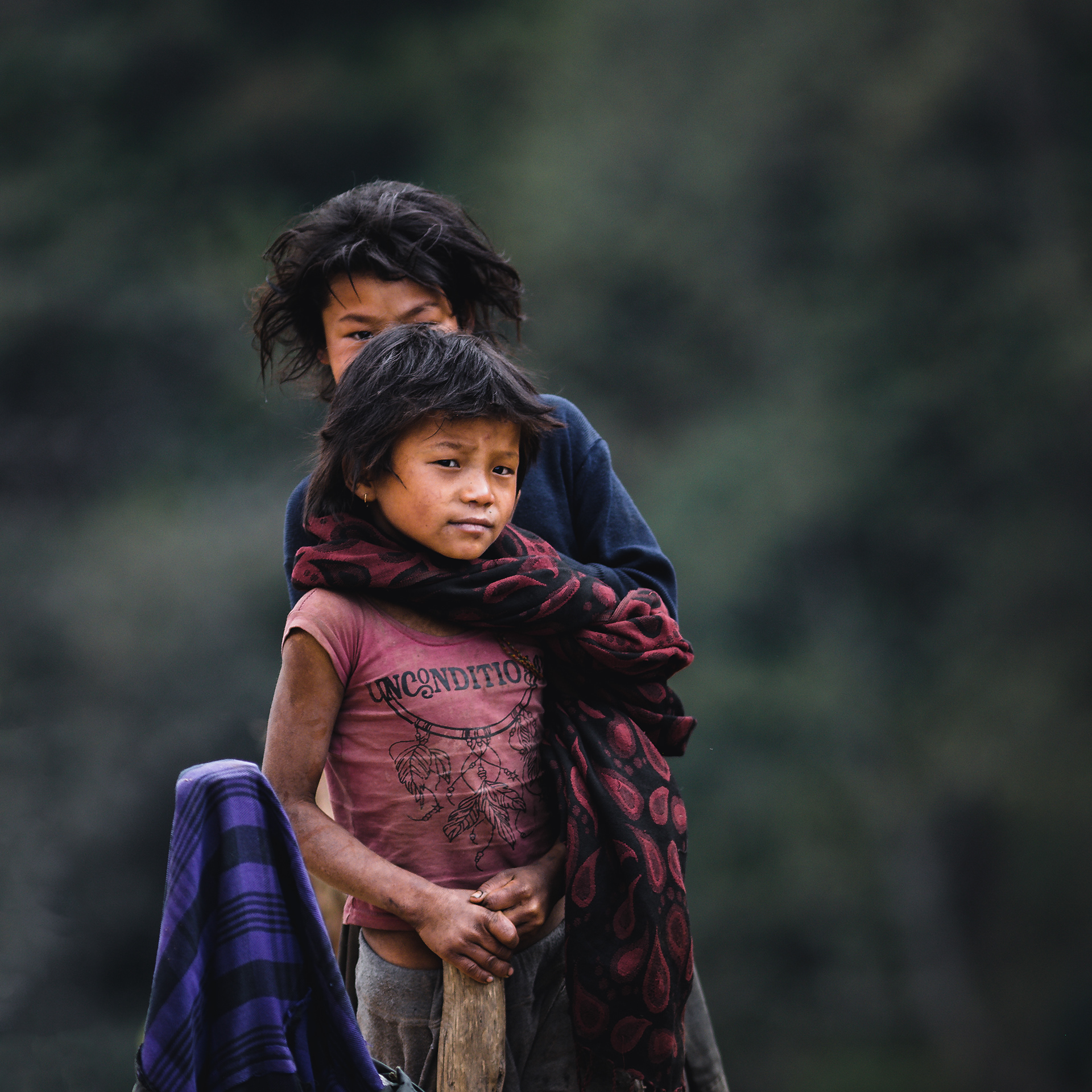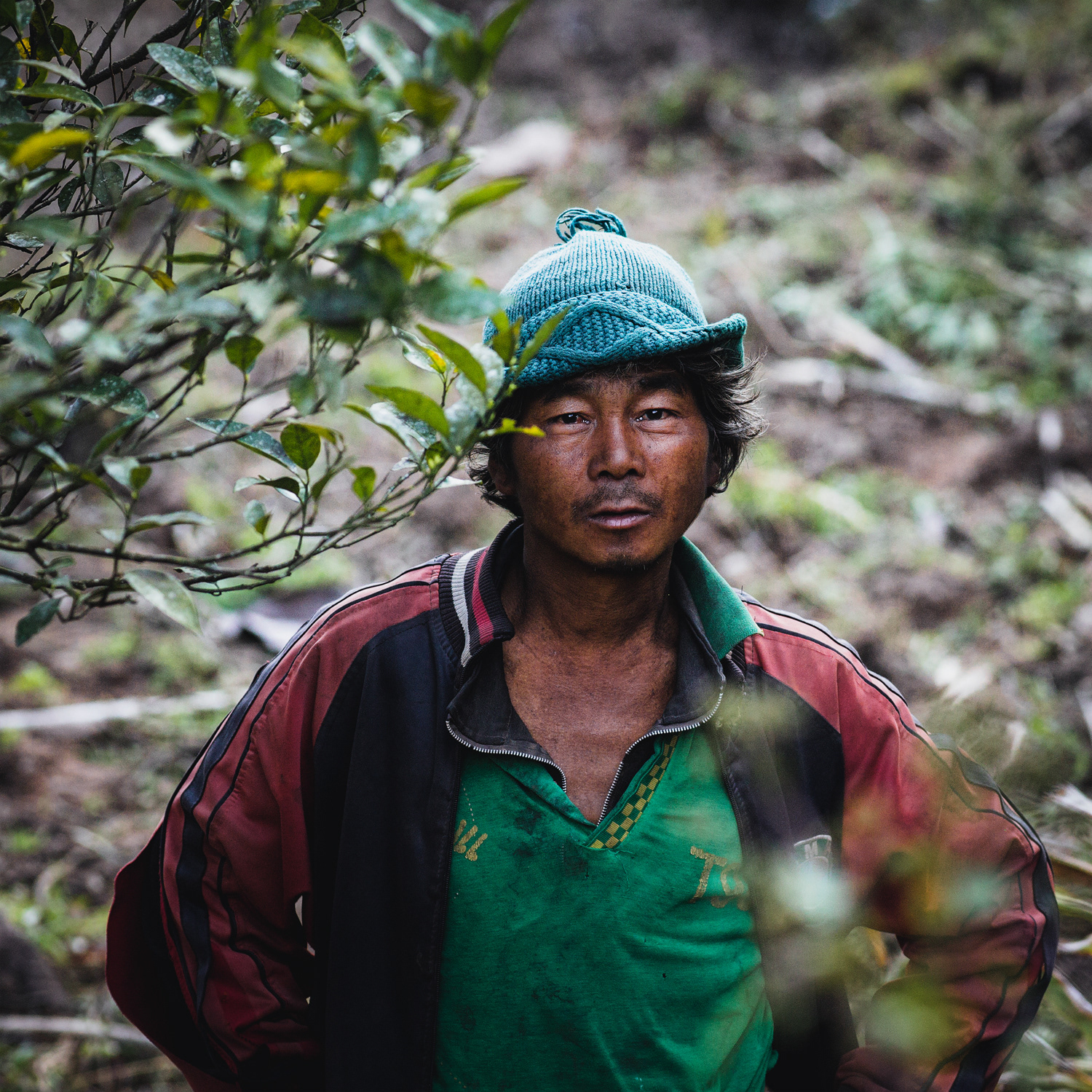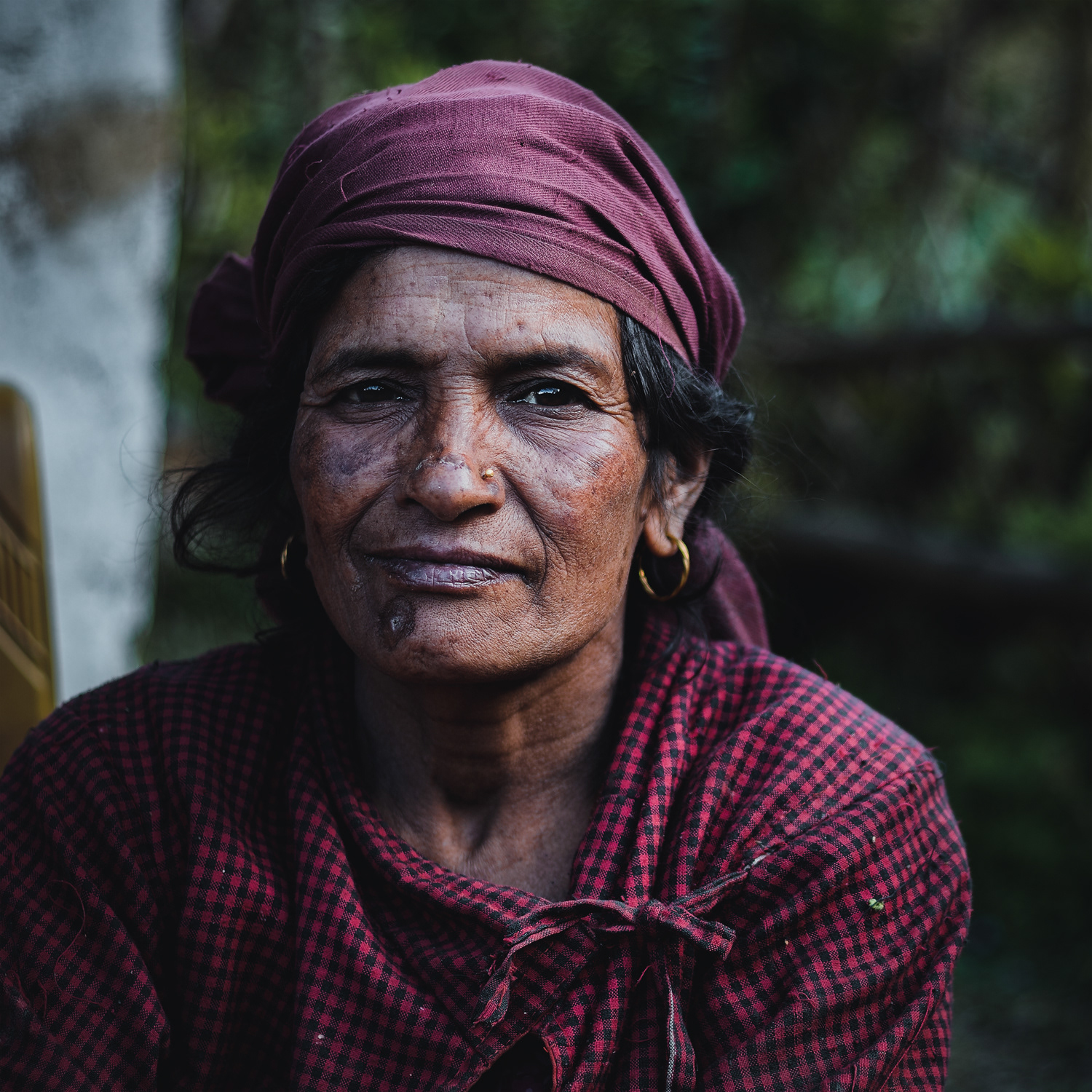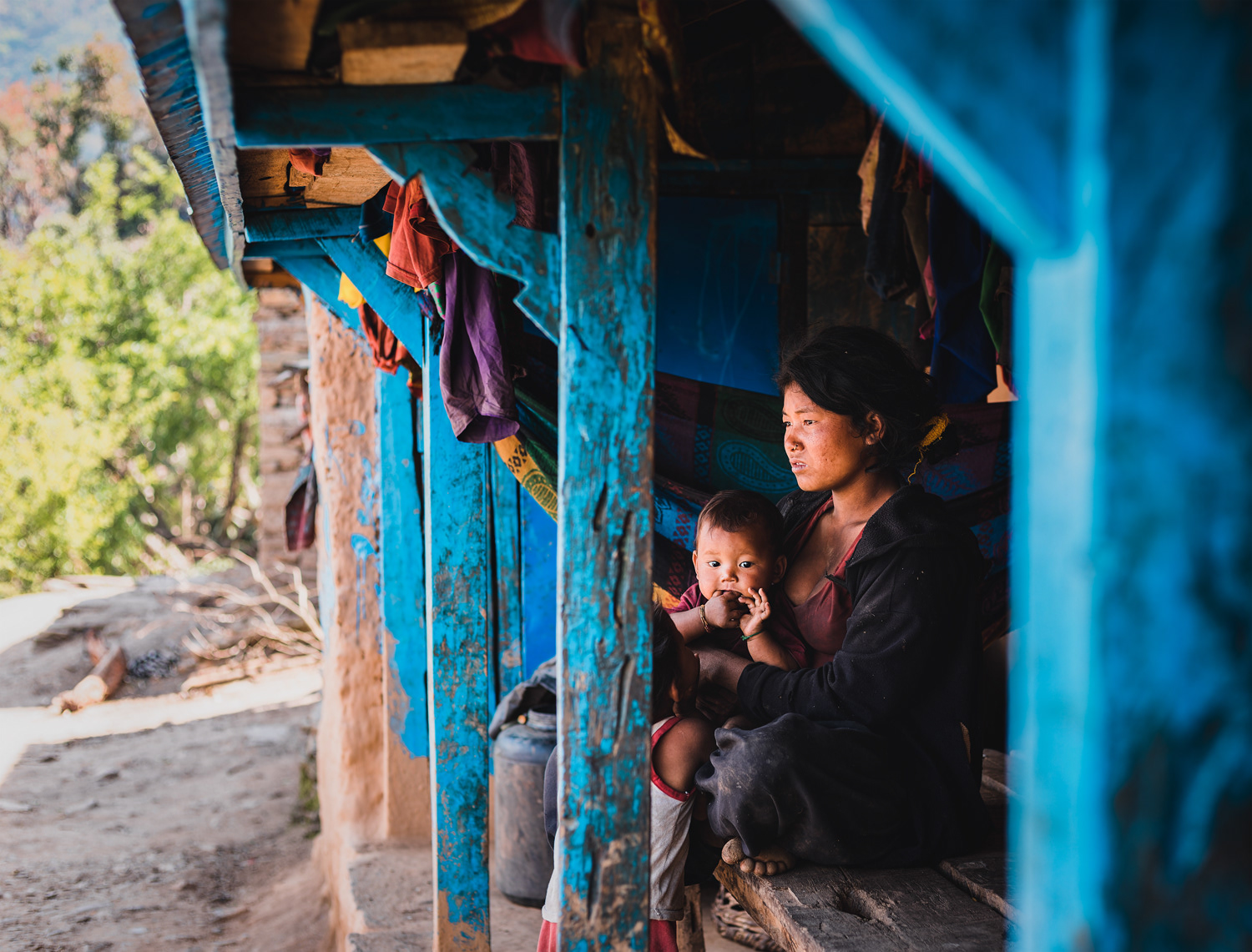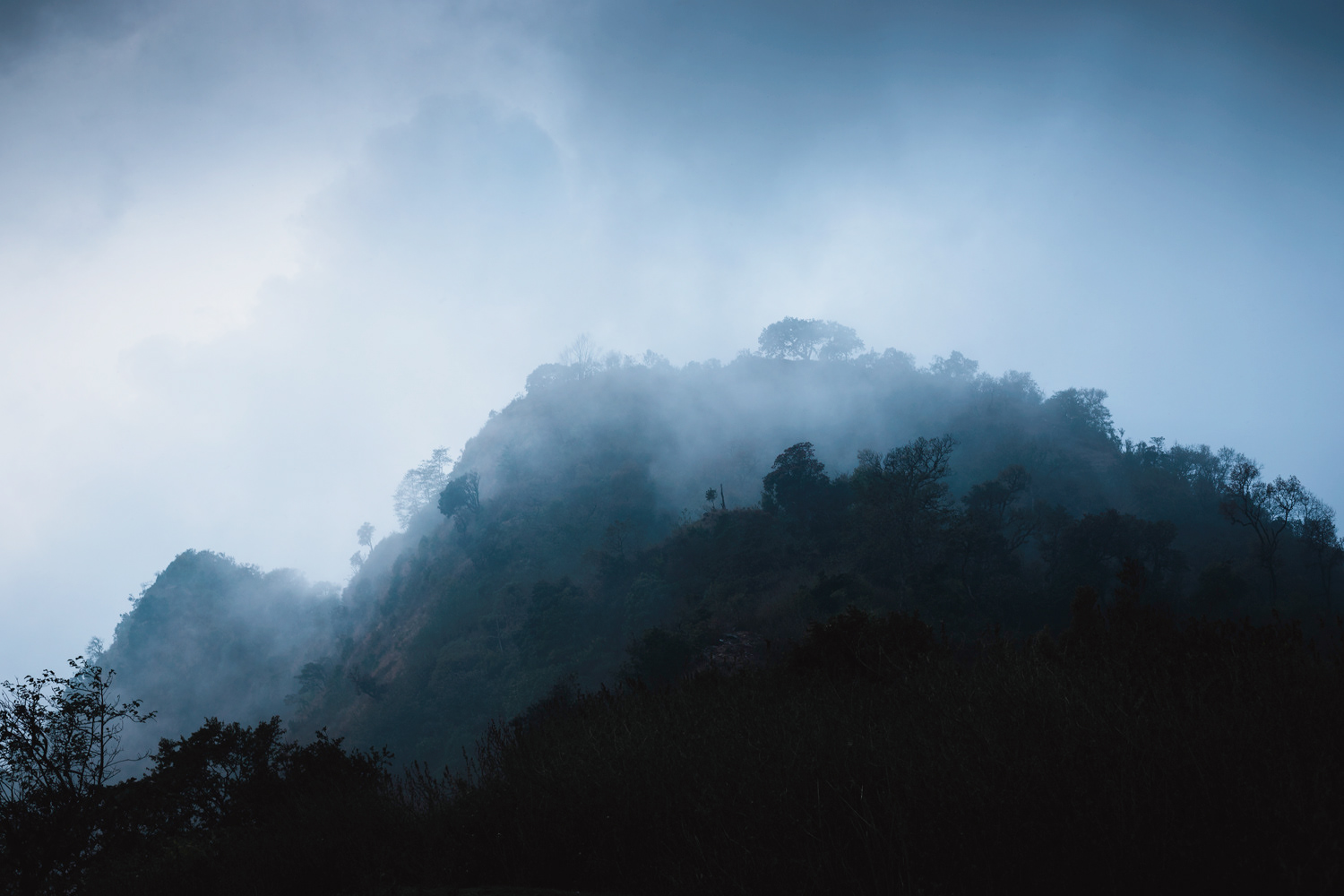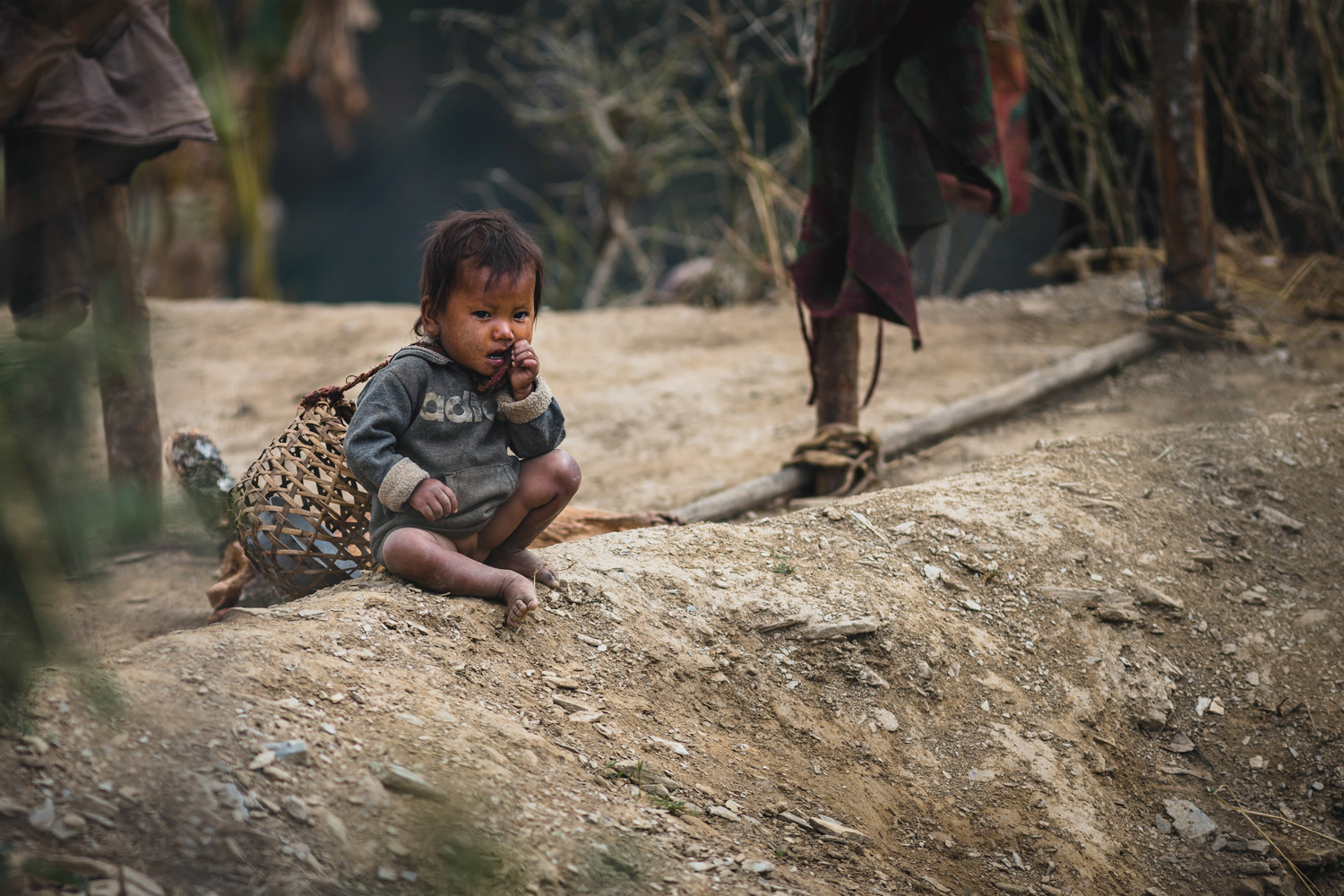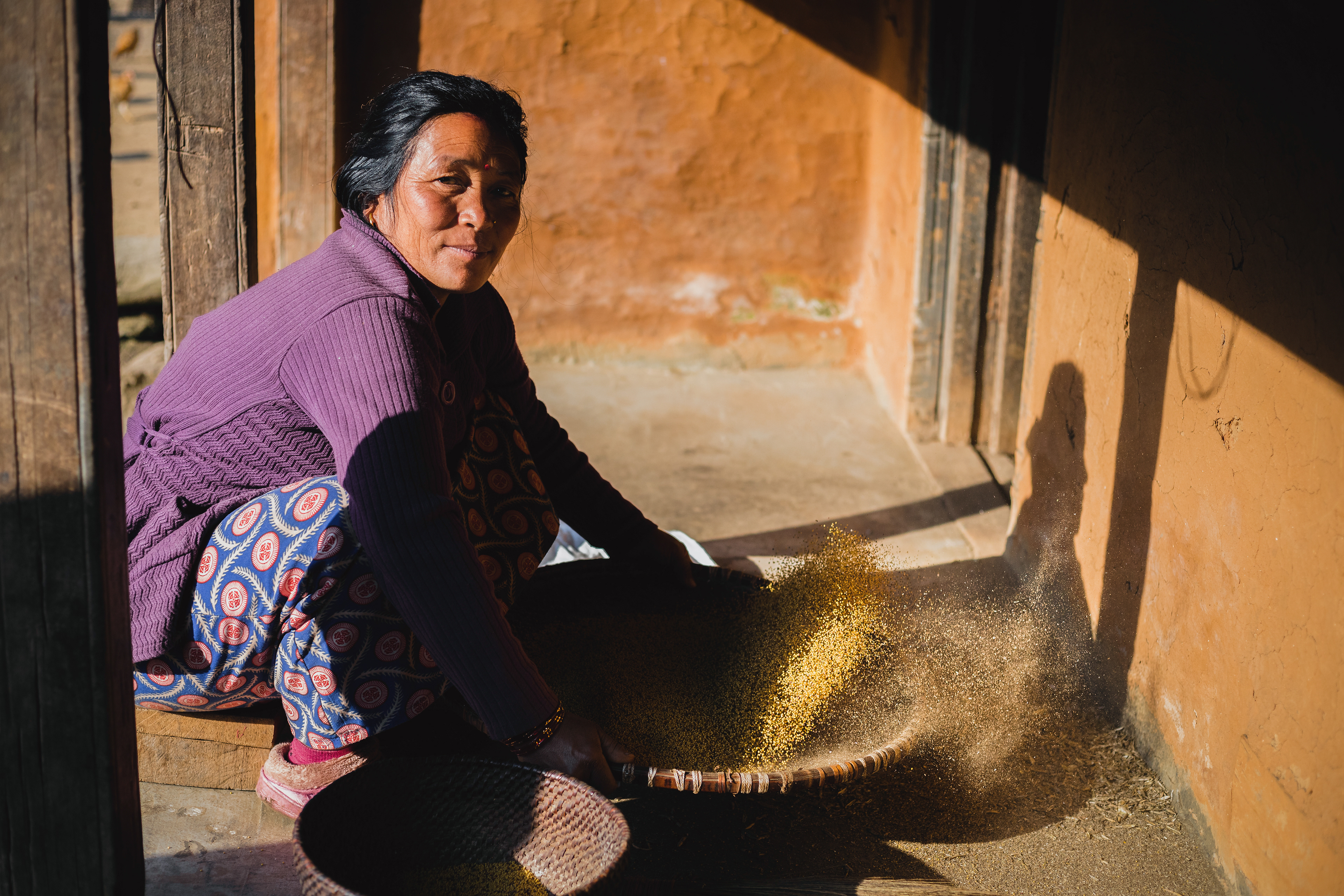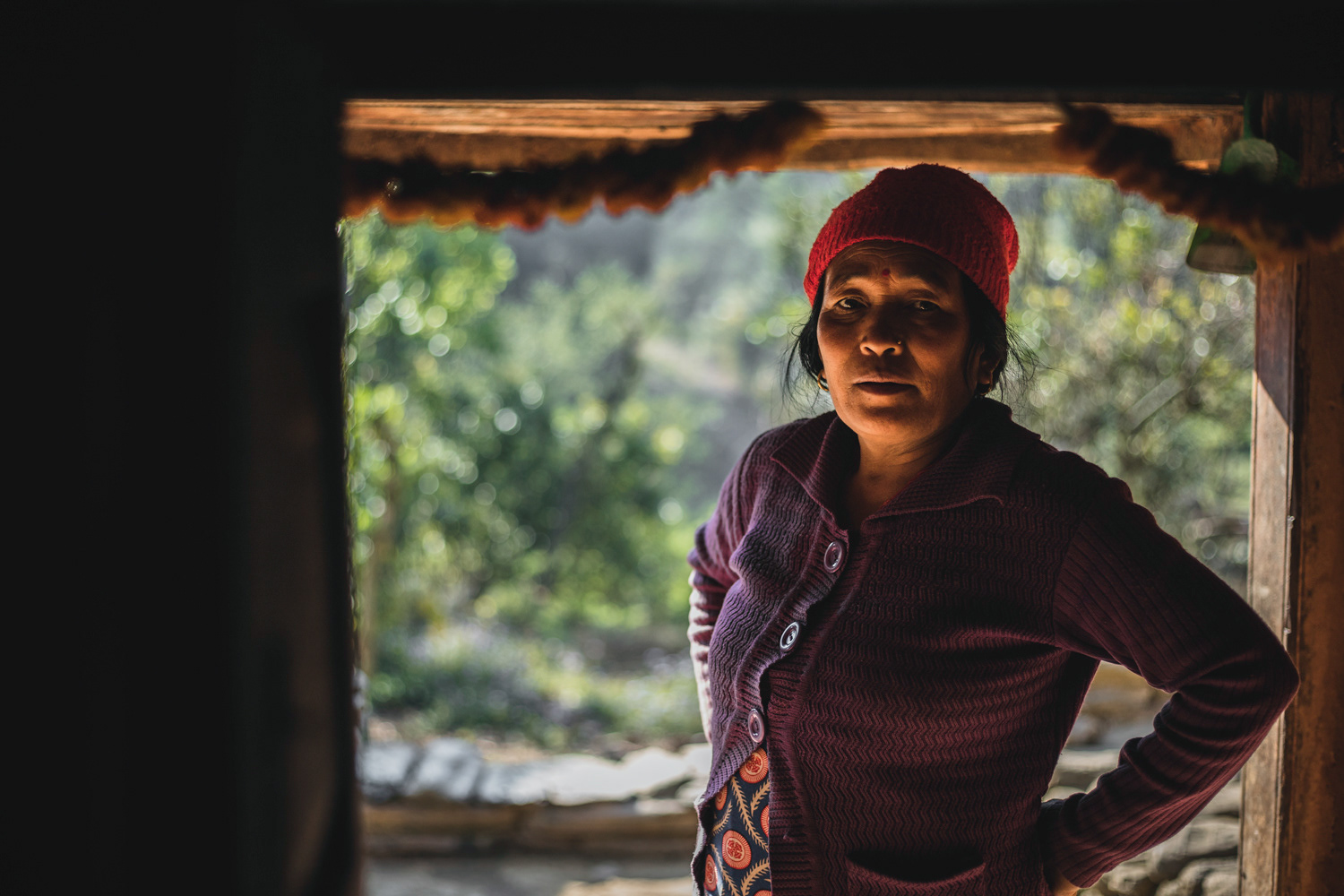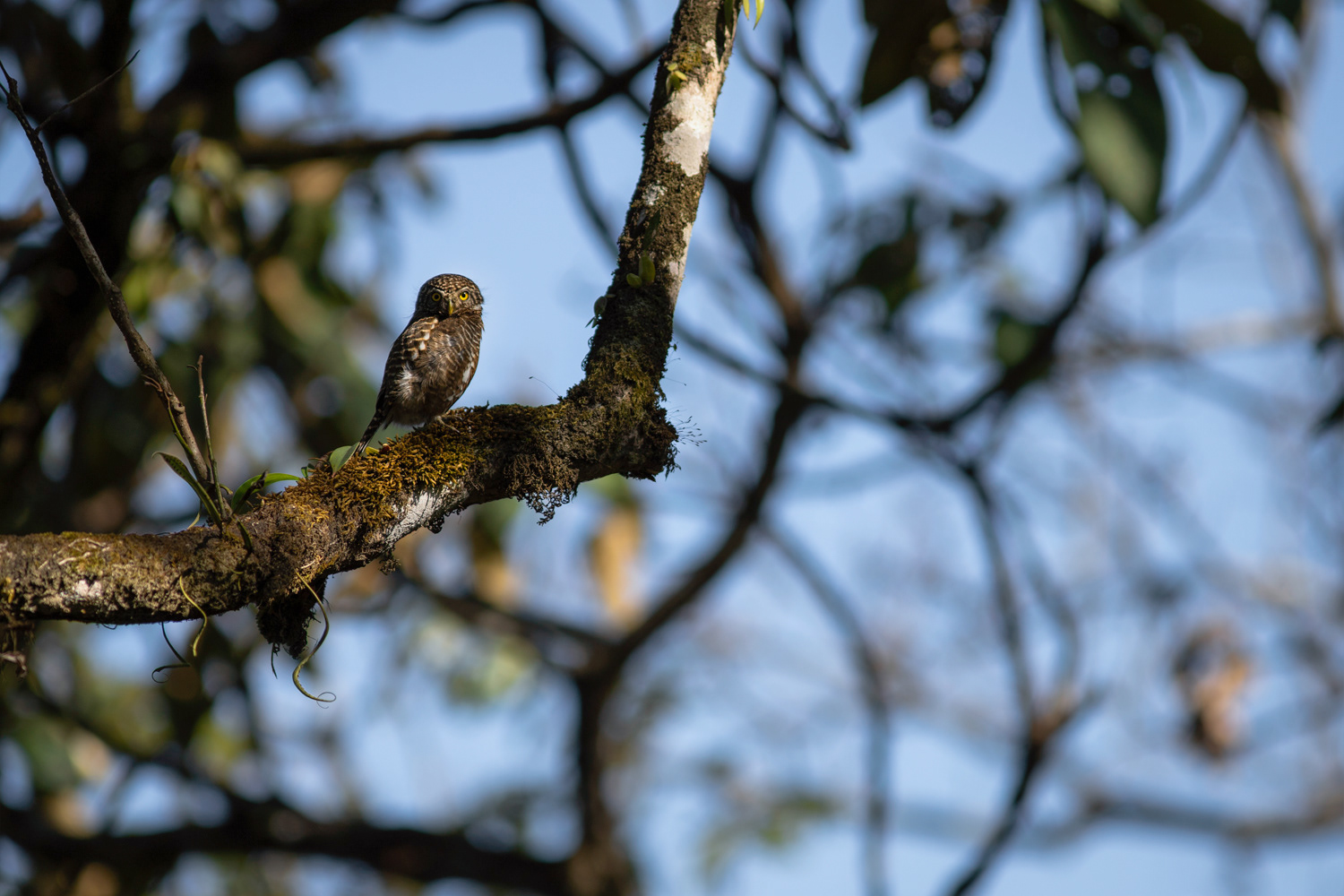Généralement connu pour sa "demeure des neiges", le Népal, enclavé entre l'Inde et la Chine, est composé d'une grande diversité de climats et d'habitats. L'altitude du pays varie de 60 mètres dans le Téraï à 8 848 mètres avec l'Everest. Cet énorme dénivelé entraîne une magnifique mosaïque de paysages, constituant notamment un refuge pour les derniers rhinocéros d'Asie, et un des derniers habitats du tigre du Bengale. J'ai eu la chance de réaliser une expédition scientifique dans les forêts tropicales et subtropicales du pays, au cœur des Chepang Hills. Une zone méconnue aux richesses naturelles et culturelles insoupçonnées. Les habitants des lieux, nommés Chepangs, forment un peuple indigène et groupe ethnique particulier vivant dans les parties centrale et méridionale du Népal. Peuple très isolé et longtemps discriminé, les Chepangs, qui étaient à l'origine nomades, se sont partiellement sédentarisés et cultivent le maïs, le millet, l'orge, les bananes, mais récoltent aussi des produits de la forêt pour la fabrication du thé, savon, miel, épices et huiles essentielles...
Generally known as "the abode of snow", Nepal, landlocked between India and China, is made up of a great diversity of climates and habitats. The altitude of the country varies from 60 meters in the Terai to 8,848 meters with Everest. This enormous difference in altitude results in a magnificent mosaic of landscapes, notably constituting a refuge for the last rhinoceroses of Asia, and one of the last habitats of the Bengal tiger. I was lucky enough to take part in a scientific expedition in the tropical and subtropical forests of the country, in the heart of the Chepang Hills. A little-known area of unsuspected natural and cultural wealth. The inhabitants, called Chepangs, are a particular indigenous people and ethnic group living in the central and southern parts of Nepal. A very isolated people and long discriminated against, the Chepangs, who were originally nomadic, have become partially sedentary and cultivate corn, millet, barley, bananas, but also harvest forest products to make tea, soap, honey, spices and essential oils...
